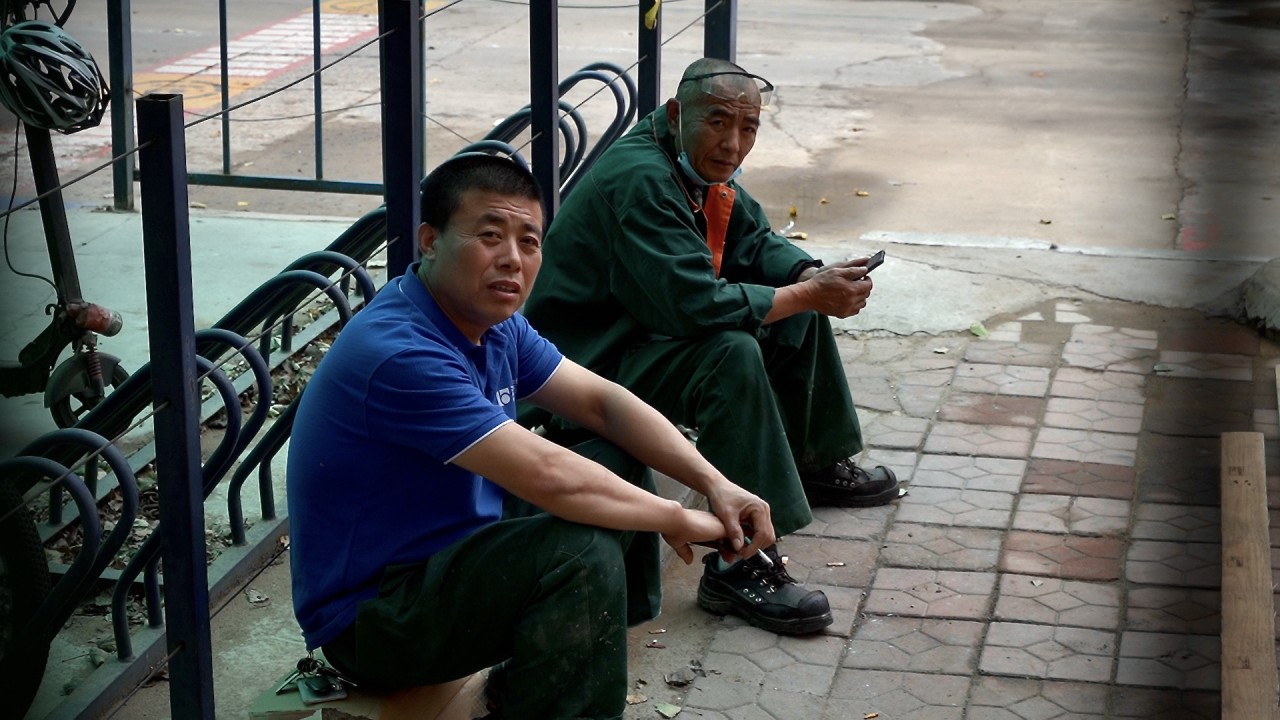
China’s power market tests upper limit of price reform as electricity generators, users set own trading terms
- Rising volumes and higher-than-benchmark tariffs have been observed in the annual market trading contracts signed between gencos and users for 2022: Fitch
- Caution needed as higher tariffs pressure inefficient users at a time when the Chinese economy is still recovering from the Covid-19 disruption
Rising volumes and higher-than-benchmark tariffs have been observed in the annual market trading contracts signed between generation companies (gencos) and end users for 2022, according Fitch Ratings, indicating an increase in tariffs this year, it added.
That will be a boon for gencos’ operating performance in 2022 while also encouraging commercial and industrial (C&I) customers to participate in the market and rationalise their costs, analysts said.
“China’s electricity prices have long been significantly underpriced as a matter of policy to protect end users,” said Andy Chen, senior analyst at Trivium China, a Beijing-based consultancy. “For power generators, especially thermal power plants, this is good news.”
Several Chinese provinces focused on heavy industries have recorded higher trading volumes for this year, as well as higher average trading tariffs that almost hit the benchmark ceiling rates. Benchmarks differ among Chinese provinces.
The power trading volume in Jiangsu province increased by 9.7 per cent from 2021, with the average trading tariff for coal-fired power rising to 466.78 yuan (US$73.70) per megawatt hour (MWh), or 19.4 per cent above the state-controlled prices.
In Hebei, Shaanxi and Hainan, the annual power trading prices have also hit the ceilings in their respective provincial benchmark tariffs for 2022, according to Fitch.
“We expect they (gencos) will be profitable this year and recoup some of the losses incurred in 2021 with rising tariff and expected lower coal price, and supportive policies to boost their utilisation,” said Penny Chen, senior director of Asia-Pacific corporates at Fitch. Higher tariffs are likely more acceptable to most end users than the cost of blackouts, she added.
Apart from freeing up power prices, China has been taking measures to boost coal supply to stem price gains following the power shortages last year. Coal prices are likely to ease in 2022 to about 900 yuan per tonne after the winter heating season, Fitch said, although still higher than the pre-2021 levels.
The Qinhuangdao benchmark thermal coal price fell to 945 yuan on January 18 after a state market intervention, compared with the 1,300 yuan per tonne average last quarter.
Even so, a lot of coal-fired power plants will still be incurring losses even with the 20 per cent tariff increase, according to Qin Yan, lead carbon analyst at data provider Refinitiv. The increase is insufficient to fully offset the rise in fuel costs, Qin said.
“Producers who are highly energy-intensive but not cost-competitive might be squeezed out of the market,” Chen at Fitch said. “This is part of the overall structural reform for the economy to evolve towards more sustainable and higher-value-added businesses.”
The liberalised new tariff mechanism could encourage power users to manage their electricity bills in a more efficient way, such as lowering power usage in peak season, thus easing the peak load demand in the power market, Fitch said.
China can be expected to take steps to prevent any major fallout from the tariff reform, said Jacqueline Tao, an analyst at climate data provider TransitionZero.
The state economic planner is speeding up its power sector liberalisation. On Friday, the National Development and Reform Commission said it aims to form a national power trading market as soon as 2025, allowing electricity to be traded in near real-time and across provinces, and to better reflect market demand.
Still, the market reform since October does not mean electricity prices will only keep rising despite recent indications, said Chen at Trivium China.
“The liberalisation just means the price will be influenced to a greater extent by market forces,” he added. The reform was meant to better reflect the true costs of power production and the wider price band would result in “less predictability” for gencos’ profits, he added.


